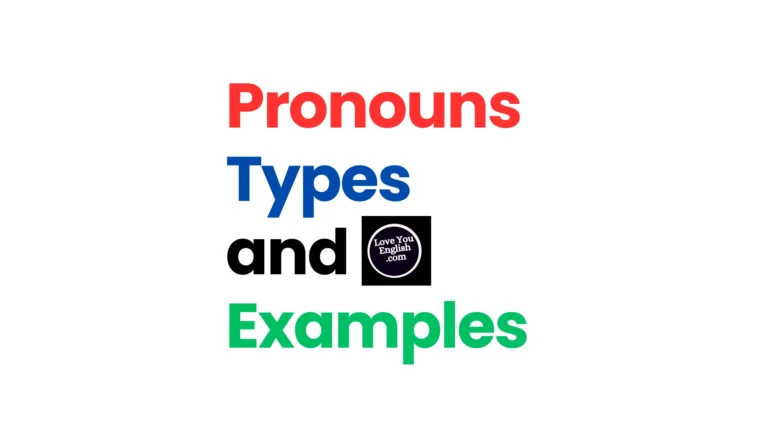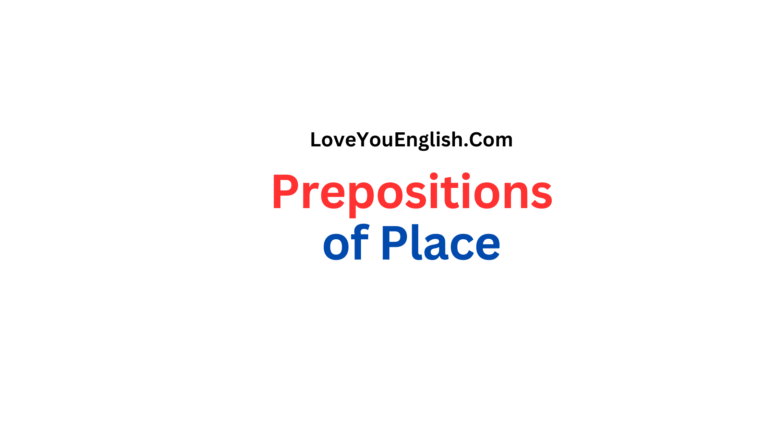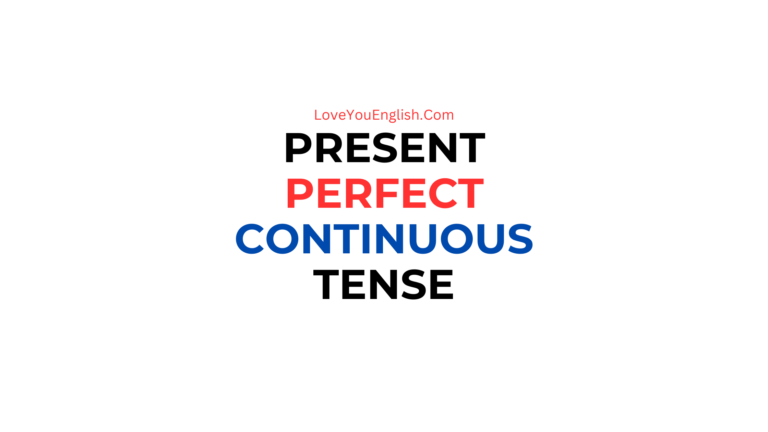Different Uses of “Have” in English: A Simple Guide
The word “have” is one of the most common verbs in English, and it can be used in different ways depending on the sentence.
In this post, I will teach you various uses of “have” to help you understand how to use it in different contexts.
I will break things down clearly and simply, so whether you’re a beginner or an advanced learner, you’ll find useful examples here.
1. Using “Have” to Show Possession
One of the most basic uses of “have” is to show possession. When you want to say that something belongs to you or someone else, you use “have.”
Examples:
- I have a car. (This means the car belongs to me.)
- She has a book. (This means the book belongs to her.)
- They have two pets. (This means they own two pets.)
You can also use “have” in the negative form to say that you don’t own something.
Example:
- I don’t have any money. (This means I don’t own money right now.)
2. Using “Have” to Form Questions
We also use “have” to ask questions, especially when talking about possession or experiences.
Examples:
- Do you have a pen? (Are you in possession of a pen?)
- Does he have a computer? (Is he the owner of a computer?)
- Have they finished their homework? (Have they completed their homework?)
In these questions, we use the auxiliary verb “do” or “does” with “have” for the present simple tense. For past tense, we use “did” as the auxiliary verb.
Example:
3. Using “Have” to Talk About Experiences (Present Perfect Tense)
“Have” is also used to form the present perfect tense. This tense is used to talk about actions or experiences that happened at an unknown time in the past but have an effect on the present.
When using “have” in the present perfect, you combine it with the past participle form of a verb (the third form of the verb).
Examples:
- I have seen that movie before. (This means that at some point in the past, I saw the movie, and it may still affect me now.)
- She has visited London. (She visited London in the past, and it might be important now.)
- We have eaten lunch already. (The action of eating lunch happened in the past, but it is important now because it’s finished.)
In negative sentences, “have” combines with “not” (haven’t/hasn’t).
Example:
- I haven’t traveled to Paris yet. (This means I have not had the experience of traveling to Paris so far.)
4. Using “Have” for Obligations and Necessities (Have to)
We can also use “have” to talk about obligations or things we need to do. In this case, we use the phrase “have to.”
Examples:
- I have to study for the test. (It is necessary for me to study.)
- He has to finish his work by tomorrow. (He is required to finish his work by tomorrow.)
- We have to wear uniforms at school. (It is a rule that we must wear uniforms.)
The negative form is “don’t have to” (or “doesn’t have to” for he/she/it), and it means that something is not necessary.
Example:
5. Using “Have” to Talk About Actions (Causative Form)
Another interesting way we use “have” is in the causative form. This is when you ask or arrange for someone to do something for you. We use the structure “have + object + past participle.”
Examples:
- I had my car washed. (I arranged for someone to wash my car.)
- She has her hair cut every month. (She arranges for someone to cut her hair.)
- They had the house painted last summer. (They arranged for someone to paint their house.)
In the negative form, we use “not” after “have.”
Example:
- I haven’t had my house cleaned in weeks. (I haven’t arranged for someone to clean it in a long time.)
6. Using “Have” in Idiomatic Expressions
“Have” is also part of many idiomatic expressions in English. These expressions do not always have a direct meaning based on the individual words, but they are commonly used in conversation.
Here are some examples:
- Have a good time. (This means to enjoy yourself.)
- Have a break. (This means to take a rest.)
- Have a look. (This means to look at something.)
- Have a seat. (This means to sit down.)
- Have a say. (This means to give your opinion.)
These expressions are used often in everyday conversations.
7. Using “Have” with “Been” (Present Perfect Continuous Tense)
In addition to the present perfect tense, “have” is used to form the present perfect continuous tense. This tense is used to show actions that started in the past and are still continuing or have just stopped.
Examples:
- I have been studying for two hours. (I started studying two hours ago, and I am still studying now.)
- She has been working here for five years. (She started working here five years ago and still works here.)
- They have been playing soccer all afternoon. (They started playing earlier and are still playing or just finished.)
The negative form is “haven’t been” or “hasn’t been.”
Example:
- I haven’t been feeling well lately. (I started feeling unwell in the past and am still feeling unwell now.)
8. Using “Have” in the Past Simple Tense
“Have” can also be used in the past simple tense. This is when you talk about something you owned, experienced, or needed in the past.
Examples:
- I had a great time at the party last night. (This means that in the past, I enjoyed myself at the party.)
- He had a car when he was younger. (This means that in the past, he owned a car.)
- We had to leave early yesterday. (This means we were obligated to leave early in the past.)
9. Using “Have” with “Got”
In informal English, we sometimes use “have got” to talk about possession, necessity, or obligation. This is common in British English, but it is also used in American English.
Examples:
- I’ve got a headache. (I have a headache.)
- She’s got a new job. (She has a new job.)
- We’ve got to go now. (We have to go now.)
“Have got” is very casual, and you can use it in conversation when speaking informally.
10. Using “Have” in Negative Sentences (Negative Forms)
As we have seen, “have” can be used in the negative form. Here, we add “not” after the verb “have” to make the sentence negative.
Examples:
- I don’t have time to talk. (I do not have time to talk.)
- He doesn’t have any friends in this city. (He does not have any friends here.)
- We haven’t finished the project yet. (We have not finished it yet.)
The negative form helps you express what you don’t have or don’t need.
Conclusion
As you can see, “have” is a versatile verb in English, with many different uses.
It can show possession, help create questions and negative sentences, and talk about experiences or obligations.
Learning these different uses will make you more comfortable with the word “have” and help you improve your English.
Practice using “have” in all its forms, and you’ll start sounding more like a native speaker in no time!
Read more:
- English Conversations About Siblings
- English Conversations About Motorcycles
- English Conversations About Entertainment
- English Dialogues About Blue Whales








